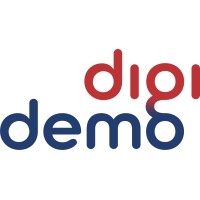Mechatronics and IoT: Literature and study programme analysis
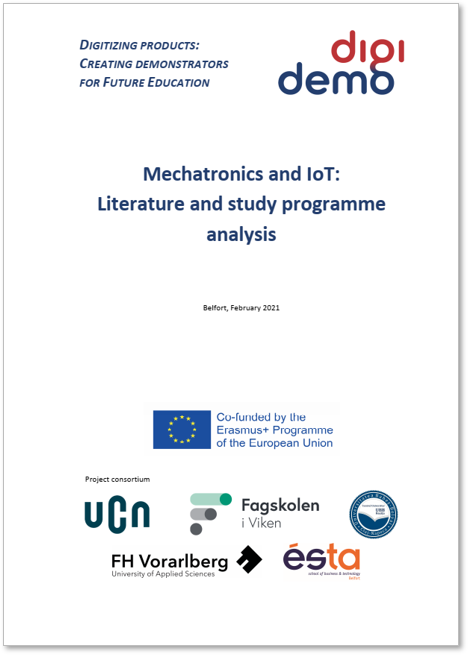
The need of mechatronics/IoT in the industry is very important; companies need specialized engineers who understand all features of an intelligent and connected product.
This report is composed of three parts:
(1) A literature analysis on competences for mechatronics and IoT students as well as on mechatronics demonstrators
(2) An analysis of European mechatronics study programmes allowing to match contents with the competences identified through the literature analysis
(3) A benchmark of the competences taught in the existing study programmes at the DigiDemo partner institutions to identify gaps that DigiDemo demonstrators shall help to close.
Framework for Demonstrators
This document describes demonstrators. In brief these are educational setups to be used in academic education of mechanical and electrical engineers to improve the students’ skills in digitalizing products.
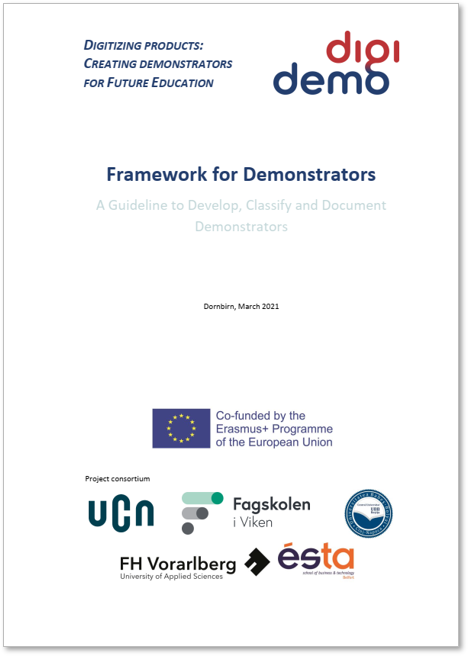
The target audience of the document are teachers using demonstrators in their educational environment or developing new ones.
Demonstrators are to be used in courses either to demonstrate (show) something, but more likely to have students do practical work using the demonstrators. This allows reaching higher levels of learning according to Bloom’s taxonomy (Anderson & Krathwohl, 2000).
The term of digitalization used in this document consists of mainly two other terms: mechatronics and Internet of Things (IoT). Mechatronics is the connection of mechanical and electrical components with software allowing the implementation of intelligent products. IoT connects these intelligent products to a cloud allowing additional services to be supplied (e.g. predictive maintenance).
Demonstrators’ peer review evaluation
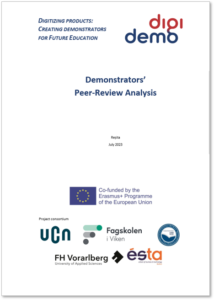
All demonstrators have been subject to two evaluations: peer-review evaluations done by the project partners, and an evaluation by the students that worked with or on the demonstrators.
This report presents and analyses the peer-review evaluation process as well as the overall analysis of the demonstrators. The different peer-review documentation sheets are listed in the annexes.
Demonstrators evaluation from Student perspective
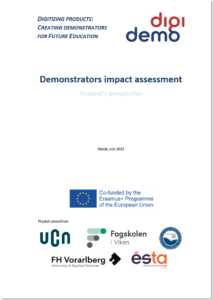
This report presents and analyses the evaluation of demonstrators done by students.
The report includes a summary section as well as the individual evaluation demonstrator by demonstrator.
